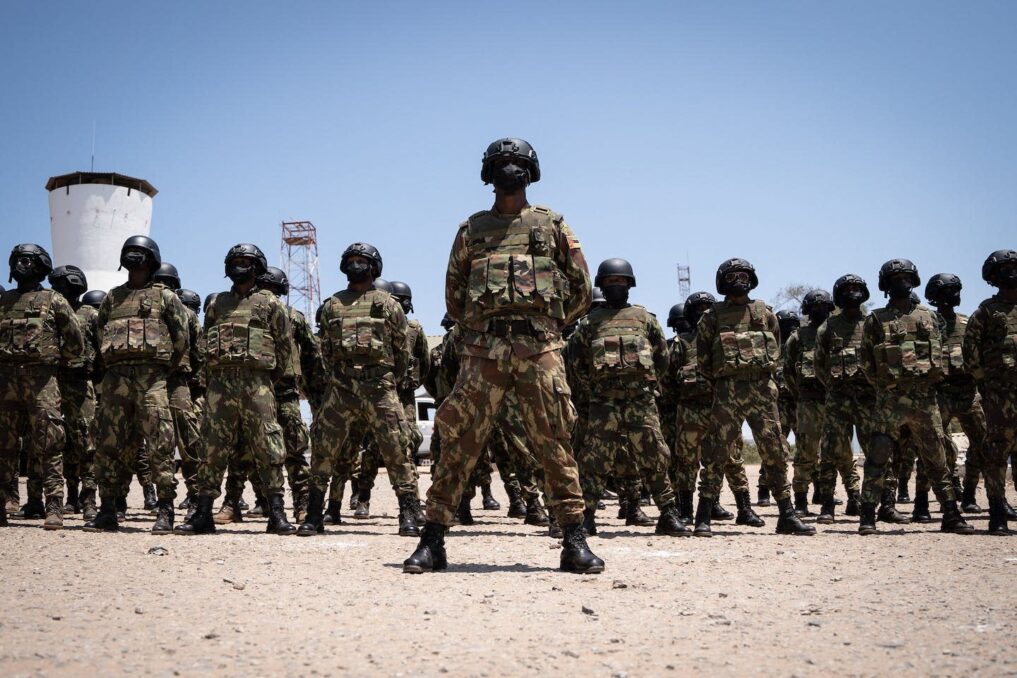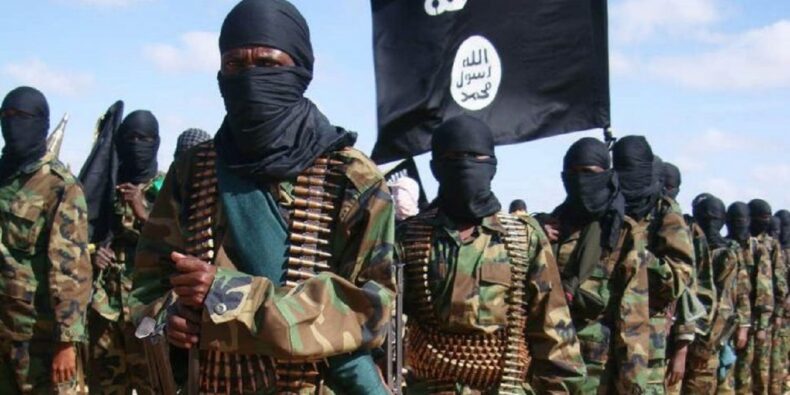A number of countries are affected by terrorism. However, it was mainly South Africa that escaped this phenomenon until 2017. Since then the security landscape in Mozambique’s north has been transformed by bloody conflict triggered by Ansar al Sunna.

Who is Ansar Al Sunna?
The Islamic extremist group Ansar al-Sunna, also known as Al-Shabaab Mozambique, has grown in power in the country’s northern Cabo Delgado region. The deadly insurrection is far from over despite military intervention by Rwanda and the Southern African Development Community (SADC) since 2021.
The objectives of the group, how it operates, and the difficulties it faces are identical to those of the most dreaded terrorist organisations in other African nations. Specifically, these include Boko Haram in Nigeria and Al Shabaab in Somalia.
Since 2009, the Nigerian state has been seriously threatened by Boko Haram. The security of other surrounding states has also been compromised. It takes advantage of governmental brittleness and the ensuing socioeconomic problems. The rural, northern area, where Boko Haram is most active, suffers disproportionately from poverty.
Similarities
Ansar al-Sunna, which means “the youth” in Arabic, and Boko Haram both began as militant Islamist movements dedicated to building Islamic caliphates in their respective nations. This is the first resemblance between the two groups.
Boko Haram sought to disassociate itself from Nigeria’s secular culture and entice children from underprivileged Muslim households to a school in Borno State that was devoted to Islam. Islam outlawed western education, according to its founder Mohammad Yusuf. The organisation ultimately turned its attention to challenging Nigeria’s political structure in addition to western education. This comprised the country’s constitution, anthem, flag, and other official emblems.
Initially, Ansar al-Sunna did not focus largely on politics. It began by rejecting Mozambique’s legal, medical, and educational institutions on the basis of religion. It required its adherents to fund alternative services provided in its mosques, sort of like a counter-society.
Secondly, there isn’t any solid proof that foreign jihadists are directly in charge of either Ansar Al-Sunna or Boko Haram, according to the available documentation. This suggests that the local environment and drivers are strong. The links or feelings between ideologies are nonetheless quite obvious. With local or global jihadist organisations, they both communicate. The two movements, according to the US, are linked to ISIS. It also connects al-Qaeda and Boko Haram.
Ansar AL Sunna is funded primarily by local business people, as well as cash and goods taken in the course of attacks. Both movements’ ability to obtain funding and large, potent Calibre weapons are explained by the fragility of public institutions and limited state security.
Opportunities were provided for Boko Haram and Ansar al Sunna to be able to emerge in the political landscape of Nigeria and Mozambican, thanks to poor and even desperate social conditions. Both of them are operating in the less governable and poverty ridden parts of their countries, namely North-eastern Nigeria and Northern Mozambique.
These unfavourable circumstances are typical of weak states and small states. Nearly 85% of the nearly 40% of Nigerians who were living in poverty in 2018–2019 were situated in rural regions. The north, which is dominated by Muslims, accounted for over 77%.
A 60% illiteracy rate is seen in Cabo Delgado, Mozambique. Cabo Delgado has some of the nation’s most underdeveloped educational and medical facilities. The unemployment rate is up to 88%.
Looking forward
The rise of Boko Haram and Ansar al Sunna was not only fed by state fragility and governance constraints. The failure to resolve this problem also prevents the competent national authorities in Nigeria and Mozambique from doing so.
Inequality and social exclusion persist in the north of Mozambique and Nigeria, where inequality continues to prevail.
The gravity of the social economic circumstances and associated instability cannot be addressed by central governments or state institutions. Therefore, the counterinsurgency efforts have had little effect. In northern Mozambique, as in Nigeria and Somalia, the conflict could turn into a protracted guerrilla war with minimal intensity. If, however, the authorities are not prepared to impose counterinsurgency measures which go beyond those performed by armed forces.













